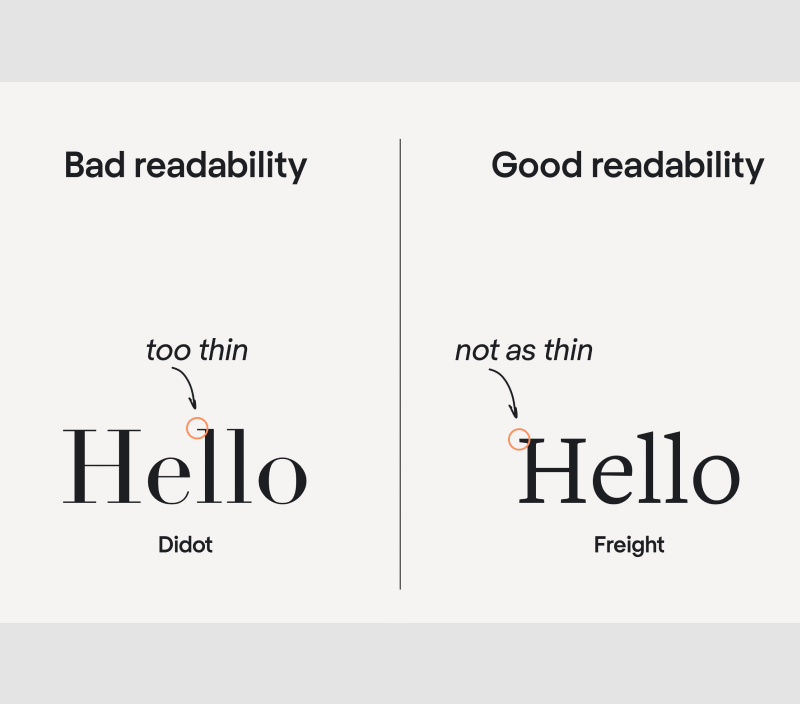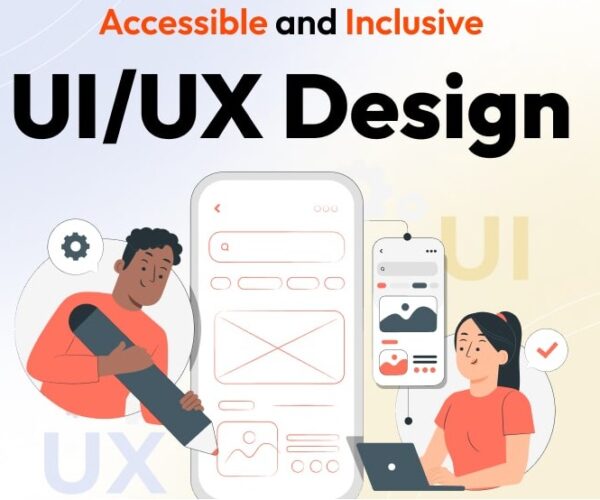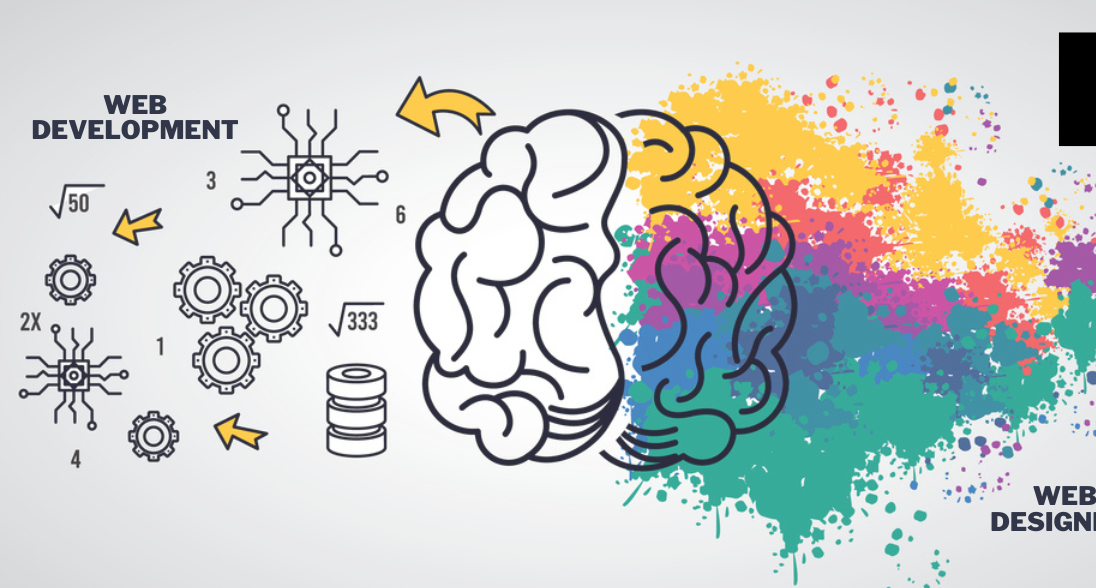The Psychology Behind Great Web Design
Introduction
In today’s digital-first world, a website is much more than a visual representation of a business, it’s a psychological experience that shapes user perception, influences decision-making, and drives action. While aesthetics matter, understanding the human mind is what separates good web design from great web design.
At Sanvima, we believe that combining design principles with psychological insights creates websites and apps that not only look beautiful but also perform effectively, engaging users and increasing conversions.
Understanding the User Mindset
Before designing, it’s crucial to understand how users interact with digital interfaces. Human attention is limited; cognitive psychologists estimate that users can only process 7±2 pieces of information at once.
Key insights:
- Reduce cognitive load: Avoid overwhelming users with too many options or unnecessary information.
- Clear hierarchy: Guide users visually from important content to secondary content.
Consistency matters: Familiar layouts, navigation patterns, and visual cues help users navigate intuitively.

Color Psychology in Web Design
Colors are not just aesthetic choices—they carry emotional and psychological weight. The right palette can influence trust, excitement, or urgency, shaping user behavior subtly but powerfully.
Common associations:
- Blue: Trust, professionalism, reliability → banks, SaaS platforms
- Red: Urgency, excitement, attention → sales, call-to-action buttons
- Green: Calm, growth, sustainability → finance, eco-friendly brands
Tip: Use contrast for readability and accessibility. Colors should enhance user experience, not hinder it.
User Behavior and Decision-Making
Psychology helps us understand how users make decisions online. Applying cognitive principles can enhance usability and drive desired actions.
Key Laws:
- Hick’s Law: The more choices a user has, the longer it takes to decide → simplify navigation and options
- Fitts’ Law: Buttons that are closer and larger are easier to click → optimize placement for interactions
Social Proof: People are influenced by others’ actions → integrate reviews, counters, or ratings to encourage engagement.
Typography & Readability
The way text is presented has a profound impact on comprehension and engagement. Fonts influence perception and affect how users process information.
Best practices:
- Font choice: Serif fonts convey tradition; sans-serif fonts feel modern
- Hierarchy: Headlines, subheadings, and body text should create a clear visual flow
- Spacing and line length: Proper spacing improves readability and reduces eye strain
Psychological impact: Well-chosen typography reduces cognitive friction, making users more likely to stay and interact with the site.


Accessibility & Inclusivity
Websites must be usable by everyone, including users with disabilities. Accessibility is not just ethical—it impacts user perception and brand credibility.
Accessibility tips:
- High contrast ratios for readability
- Alt text for images for screen readers
- Keyboard-friendly navigation for users who cannot use a mouse
Psychological impact: Inclusive design fosters trust and loyalty, showing that the brand values all users.
How Sanvima Implements Psychology in Web & App Design
At Sanvima, we don’t just build websites and apps — we craft experiences rooted in psychological principles:
- Data-driven design decisions: We analyze user behavior to optimize layout and content
- UI/UX integration: Combining beautiful design with technical expertise in PHP, React, and WordPress
- Conversion-focused design: Every element is strategically placed to guide users toward action
“We design with the user’s mind in focus, creating interfaces that are intuitive, engaging, and effective.”
Conclusion
Great web design is more than just aesthetics—it’s science, psychology, and strategy. By understanding human behavior, designers and developers can create websites that are:
- Intuitive and easy to navigate
- Emotionally engaging
- Accessible to everyone
- Performance-optimized
- Conversion-driven
Whether you’re a startup, a business, or an enterprise, psychology-driven design can dramatically enhance user experience and business results.
Call-to-action: Contact Sanvima today to build websites and apps that delight users, drive engagement, and deliver measurable results.




